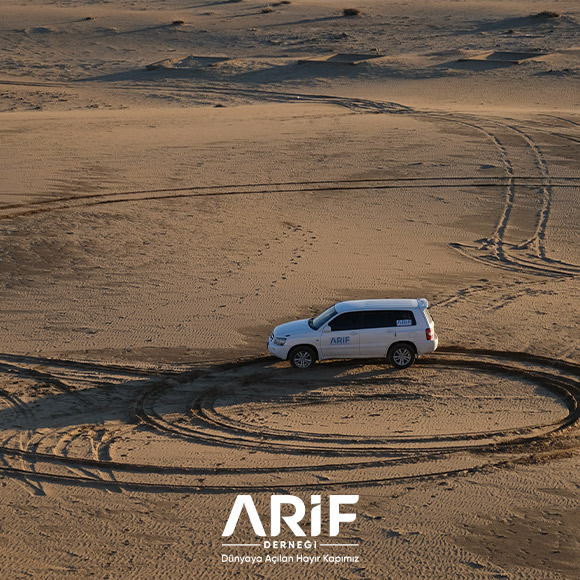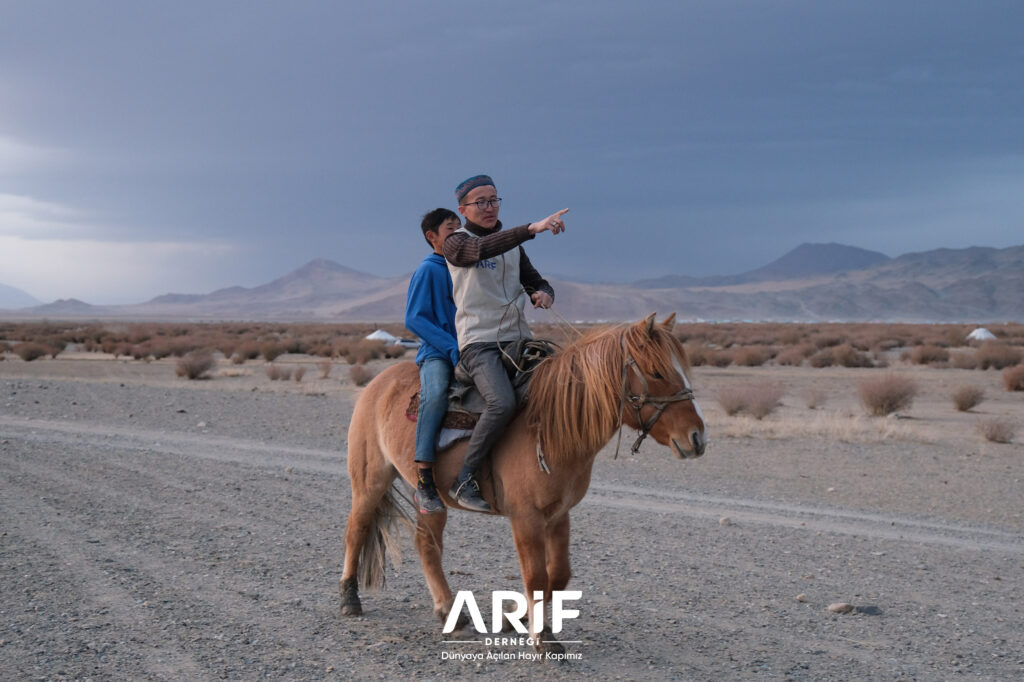Blog
What Is happening In Mongolia?

Although the surface area of Mongolia is two and a half times that of Turkey, its area of use is very small. While the surface area of Mongolia is 1.564.000 km², the surface area of the Gobi desert in Mongolia is 1.295.000 km². This limits the living space in Mongolia.
Where does the majority of the population live in Mongolia?
There are approximately 3.3 million people living in Mongolia, making it one of the most sparsely populated countries in the world. Since more than half of the country is desert, almost half of this population lives in Ulaanbaatar, the capital of the country. In Mongolia, which is among the coldest places in the world, the temperature drops to -50 degrees in winter.
Mongolia has an extreme continental climate. Winters are cold and long, while summers are hot but short. Winter lasts from November to late April and spring from May to June. The average temperature in May is 6°C. During this period, it is usually windy and dry with cloudless and clear skies.
It can’t be that hard to find an address.
In Mongolia, which is home to vast steppe areas, the directions are as follows; Do you see these two mountains? After passing between those two mountains, you will see a river on your right, follow that river and you will come across flocks of sheep.

Most people living in Mongolia are Buddhists.
In Mongolia, half of the country believes in Buddhism as a religion. The rest believe in Mongolian Shamanism and Christianity. Kazakh Muslims constitute the majority of the Muslim population. The rate of this is only 3%.
In Mongolia, most people live in traditional tents in deep silence in the middle of the vast steppe.
39% of Mongolia’s population live nomadically in a traditional way of life, in tents made of canvas called “GER”. A ger is a portable, round tent covered with leather or felt, used as a dwelling by several different types of nomadic groups in the steppes of Central Asia.
In Mongolia, you have to wait for the end of winter to build…
Building in Mongolia is very difficult because of the very long winter. You only have 4 months for a building.
The long winters in Mongolia do not provide favorable conditions for agriculture and people’s only source of livelihood is animal husbandry.
Mongolia contains very little arable land, as its area is largely covered by grassy steppes, with mountains to the north and west and the Gobi Desert to the south. The high altitude, extreme fluctuations in temperature, long winters and low rainfall provide limited potential for agricultural development.
You have only 100 days to grow a crop that you sow on the cold side of the steppe.
The growing season of a crop you have planted does not exceed 100 days. Because seasonal conditions only offer you this many days.
Horses are still indispensable for the people of Mongolia. They continue to benefit from both the meat and milk of horses.
In Mongolia, it is the norm for nomadic families to own as many as 200 horses, and children growing up in rural areas in this geography learn to ride horses at the age of 3-5. Families living a life in touch with nature and animals in the countryside also keep cattle, camels, goats and sheep. But the horse is one of the most important symbols of Mongolia.

Have you ever wondered why Central Asian people are so healthy?
Koumiss is the best known and most widely consumed national drink of Central Asia. It is obtained from mare’s milk and is formed by fermentation of mare’s milk. The benefits of koumiss are countless. It balances the high acids in the intestines and makes the microorganisms in the intestines the healthiest. The fact that koumiss, which has been consumed for centuries, is also high in protein is among the reasons why it is preferred. Since it facilitates digestion, it has preserved its value from the Ancient Turks to the present day. It also reduces the rate of lung cancer and allows you to breathe more easily when consumed in respiratory diseases.
In Mongolia, people offer their special guests the horse they have fed in the stable.
In Central Asia, the tradition of slaughtering horses outside of normal times, especially with the arrival of spring, is the culmination of this work. Horses are slaughtered and events are organized in the spring season. Horses are sacrificed for the arrival of spring. These horses are specially bred for themselves and to serve to their guests. The fact that horse meat provides more energy and calories than other meats is revealed by those who eat horse meat. Horse meat is said to keep the body warm, especially for people exposed to harsh winters.
For a child in the steppe to become an adult, he or she must first be able to handle a horse skillfully. If he can hold the horse and handle it skillfully, he becomes an adult. On Lake Huvs, ships frozen in the ice are waiting for warmer days to come.
Lake Huvs freezes over for all but four months of the year, and in the harbor at Hatgal all the ships of the lake are frozen in the ice, waiting for the warm days to come. The melting of the ice only ends in July.
